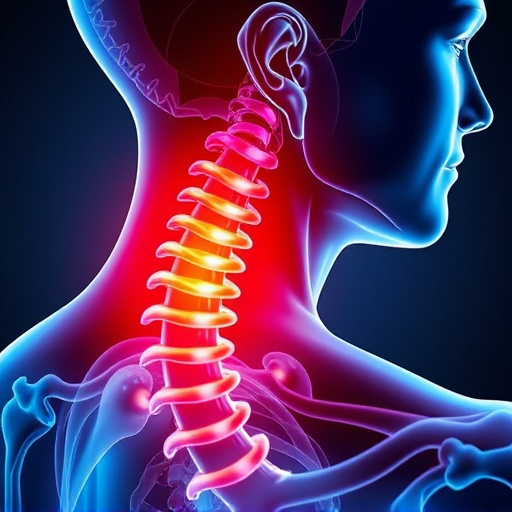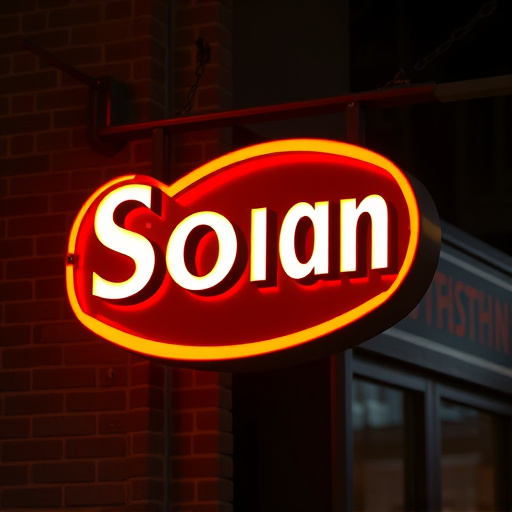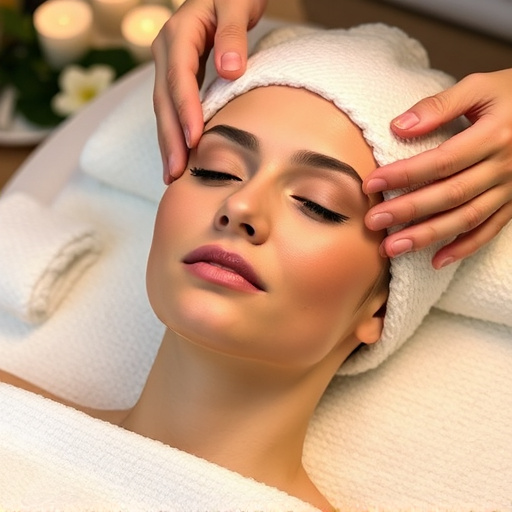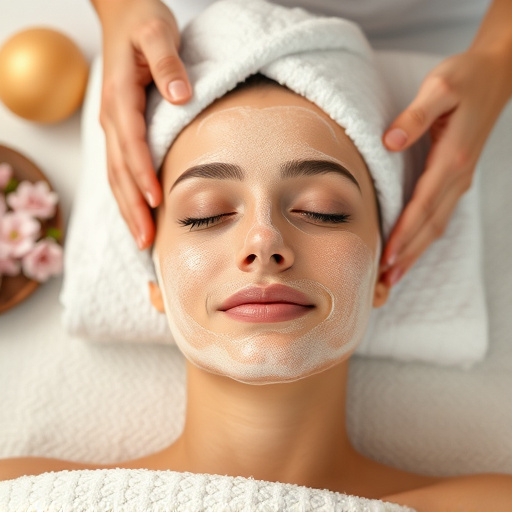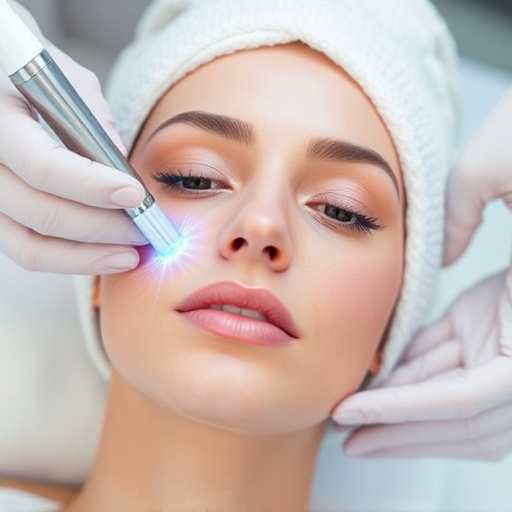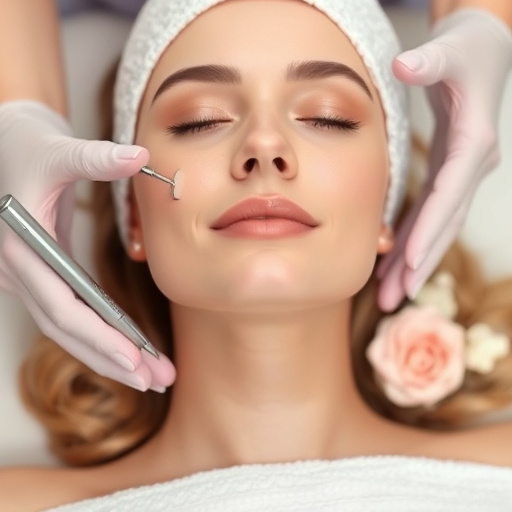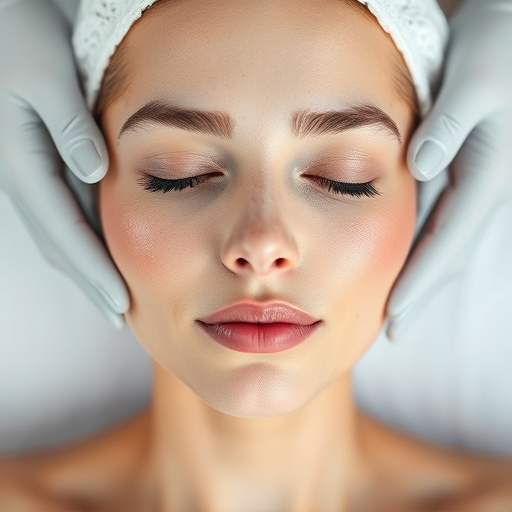Scar reduction therapy involves personalized skincare approaches, combining targeted therapies with consistent routines for optimal results. Different techniques like chemical peels, microdermabrasion, and laser therapy address atrophic, hypertrophic, keloid, and contracture scars, promoting new cell growth and skin rejuvenation. Experts recommend tailored solutions based on scar type and severity, enhancing confidence and aesthetics.
“Uncover effective solutions for minimizing scars with our comprehensive guide to scar reduction therapy. Whether caused by acne, injuries, or surgical marks, understanding scar formation is the first step towards healing. We explore diverse scar reduction techniques, from topical treatments and laser therapies to more advanced procedures. Learn about the benefits, potential considerations, and expert insights into selecting the right scar reduction therapy for your specific needs.”
- Understanding Scar Formation and Types of Scars
- Exploring Different Scar Reduction Techniques
- The Benefits and Considerations for Scar Reduction Therapy
Understanding Scar Formation and Types of Scars
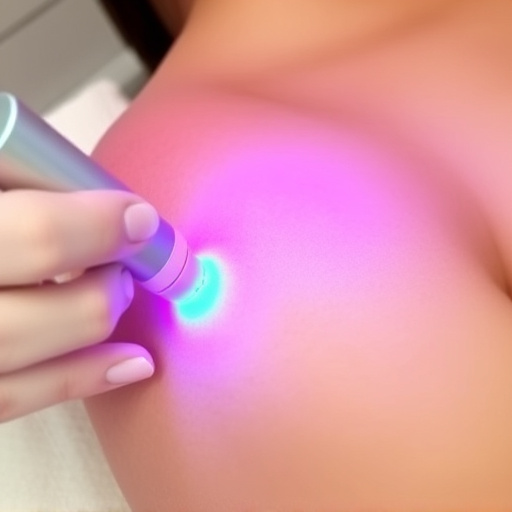
Scars are formed when the skin’s natural healing process leaves a mark after an injury, acne, or surgical procedure. Understanding scar formation is crucial in determining the most effective scar reduction therapy. The type of scar, whether it’s atrophic (depressed), hypertrophic (raised), keloid, or contracture, influences the chosen treatment approach. Atrophic scars result from collagen loss, leading to skin indentation. Hypertrophic and keloid scars involve excessive collagen production, causing raised or stretched-out marks. Contracture scars occur when healing skin pulls and tightens, leaving a distorted appearance.
Knowing these variations allows for personalized skincare and facial treatments tailored to address specific scar types. Hydrating facials and other topical treatments can enhance the skin’s natural healing process by providing essential hydration and nutrients. A comprehensive approach that combines targeted therapies with a consistent skincare routine is often recommended for optimal scar reduction results.
Exploring Different Scar Reduction Techniques
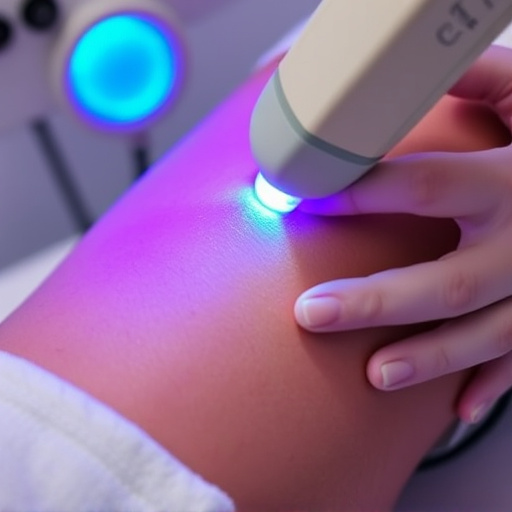
The journey to achieving smoother, more even skin often involves exploring a variety of scar reduction techniques. Each technique offers unique benefits tailored to different types of scars and individual skin needs. One popular method is scar reduction therapy using chemical peels, which gently exfoliate the top layer of skin, promoting the growth of healthier, newer skin cells. This non-invasive procedure can significantly improve the appearance of acne scars, surgical scars, and even old injuries.
Personalized skincare plays a crucial role in scar management. Treatments like microdermabrasion, laser therapy, and topical medications are also widely used. Microdermabrasion, for instance, gently sandblasts the skin to remove dead skin cells and stimulate collagen production. Laser therapy, on the other hand, targets specific pigments and tissues, making it effective for various scar types. Skin rejuvenation techniques aim to restore the skin’s natural glow and texture while minimizing scars’ visibility. Each method has its merits, and a dermatologist can guide you in choosing the best scar reduction therapy suited to your specific case.
The Benefits and Considerations for Scar Reduction Therapy
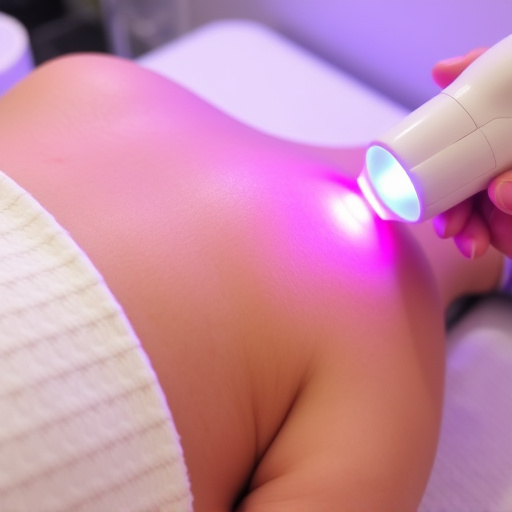
Scar reduction therapy offers a range of benefits for those seeking to minimize the appearance of scars from acne, injuries, or surgical procedures. One of the key advantages is its ability to enhance one’s self-confidence and overall aesthetic appeal. By reducing the visibility of scars, individuals can feel more comfortable in their own skin and project an image of confidence. This therapy also provides a solution for those who have tried over-the-counter products without significant results.
When considering scar reduction therapy, personalized skincare plans are essential. Treatments like chemical peels, skin tightening techniques, and targeted laser therapies cater to various skin types and scar severity levels. Each method has its unique advantages; for instance, chemical peels can gently exfoliate the skin, promoting collagen production, while skin tightening uses energy-based technologies to improve skin elasticity. With proper guidance from dermatology experts, individuals can make informed decisions, ensuring a safe and effective journey towards achieving smoother, more even skin with reduced scarring.
Scar reduction therapy offers a promising solution for those seeking to minimize the appearance of acne scars, injury marks, and surgical scars. By understanding scar formation and exploring various techniques like laser treatments, microneedling, and topical medications, individuals can take control of their skin’s health and achieve aesthetically pleasing results. These advanced methods not only enhance skin texture but also restore confidence, making scar reduction therapy a valuable investment for anyone desiring smoother, more even skin.


